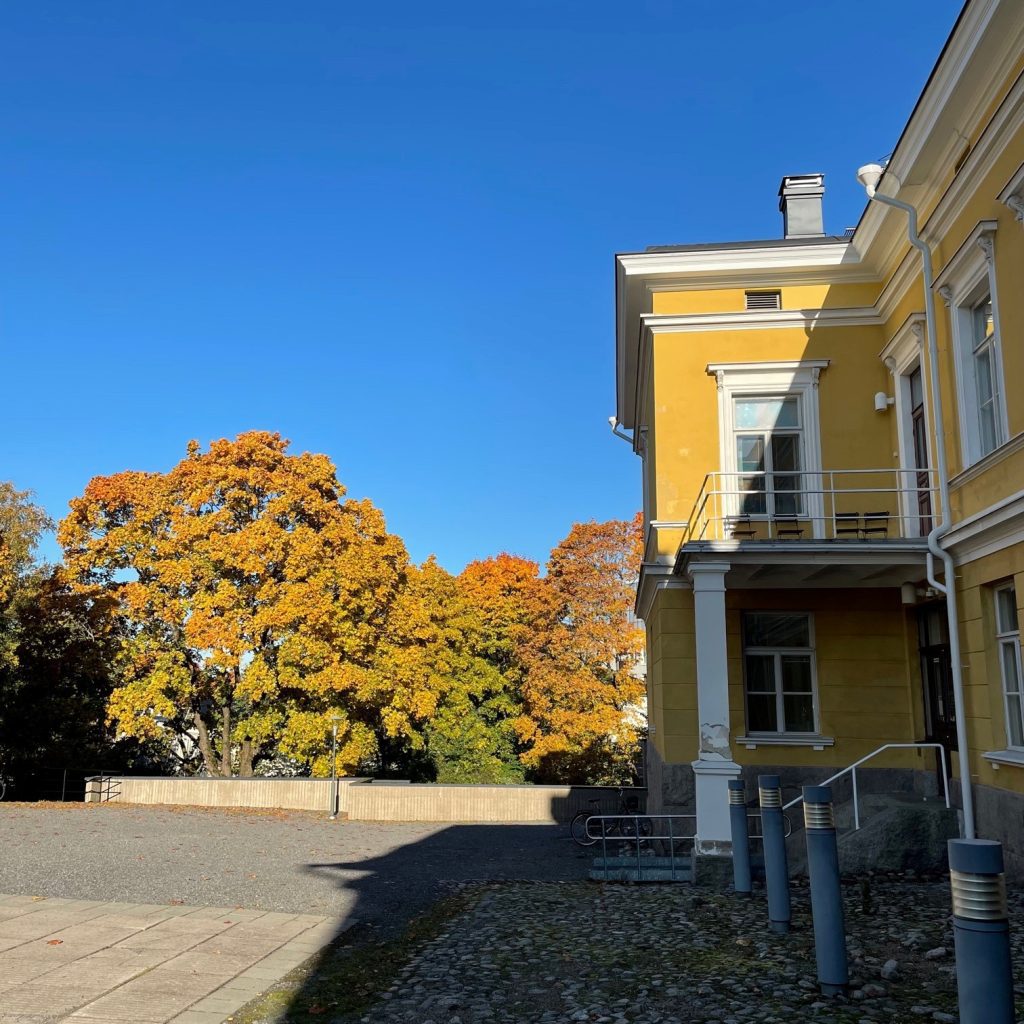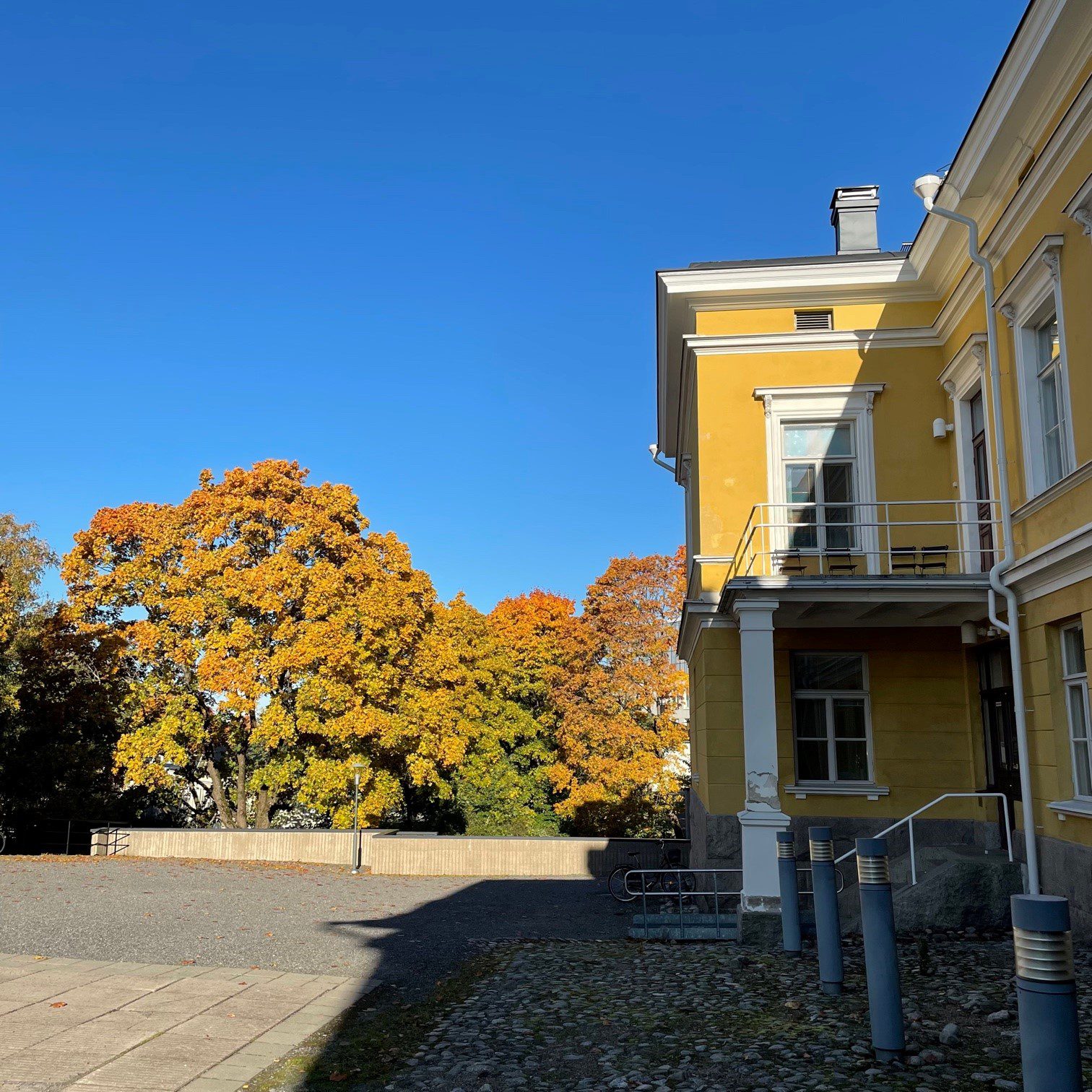Matti Peikola is Professor of English at the Department of English, University of Turku. He is also the PI of Early Modern Graphic Literacies. In today’s blog post, Matti tells us more about the background and aims of the project.

How did you first become interested in graphic literacies?
In the mid-2000s, I was working on Middle English tables of lections that are found in many manuscripts of the Wycliffite Bible. Although I was at that point primarily focusing on the textual transmission of these tables, my interest was piqued by the long opening rubrics (canons) of some of the tables that inform and instruct the reader about how information is structured and visually presented in them. In some of the tables, however, no such rubrics occur, which made me wonder about possible ‘graphic literacy’ -related reasons for their inclusion/omission.
Whose graphic literacies will the project investigate?
In practice, the project investigates early modern book producers’ and writers’ ideas about graphic literacies of their vernacular audiences and readers. In the project, we assume that these ideas are conveyed by book producers’ and writers’ adoption of different kinds of graphic devices in their books and their discussion of such devices in text and paratext.
What is, in your opinion, the most challenging aspect of the project?
It will be challenging to arrive at a classification of the early modern graphic devices that is not anachronistic and too reliant on modern typologies. We should approach the devices from their historical context(s) and take into account technological factors that constrain their use in early modern printed books. The classification also needs to be amenable to quantitative data analysis.
What kinds of material will the project explore?
We examine digital facsimiles of all books published in English in twelve sample years from 1521 to 1796 (at 25-year intervals). The materials are primarily accessed via the EEBO (Early English Books Online) and ECCO (Eighteenth Century Collections Online) databases. The purpose is to record all books published in these years that contain graphic devices like tables and diagrams, and then investigate this dataset and its subsets quantitatively and qualitatively in various ways.
Why is studying early graphic literacies important?
Early modern graphic devices have so far been largely examined in Latin scientific writing by historians of science. In this project we examine texts of multiple domains and genres and focus on how graphic devices were accommodated to different kinds of vernacular audiences. The linguistic and philological dimension of this historical process is particularly important for us, and it has not been systematically addressed before. We are essentially looking for traces of different kinds of early multimodal literacies and how they were communicated by book producers and writers.
Mari-Liisa Varila | Twitter: @mlvarila
